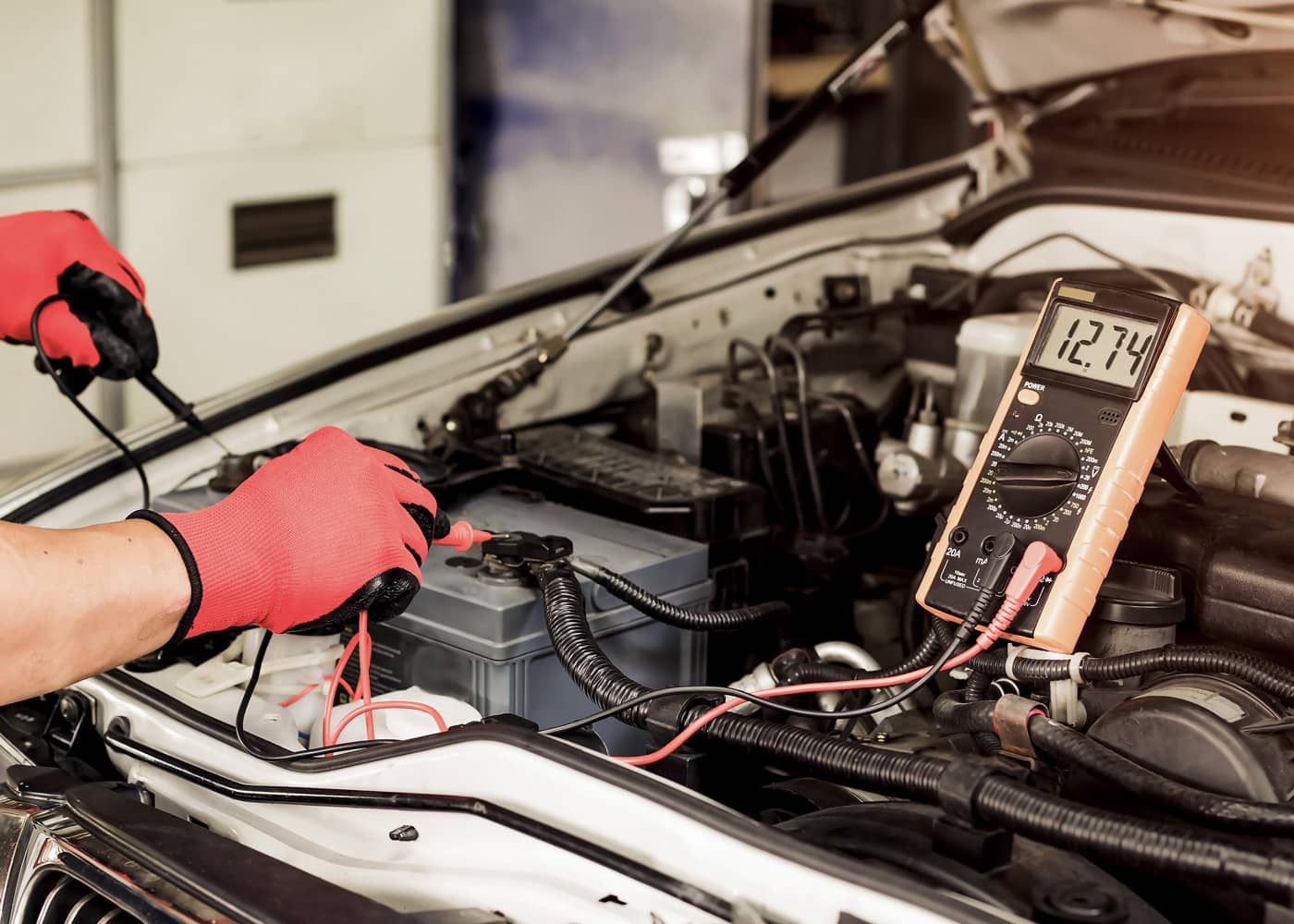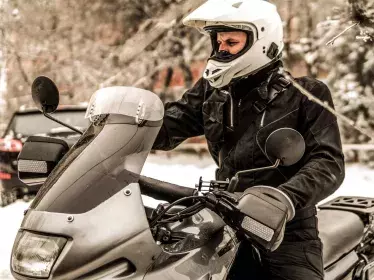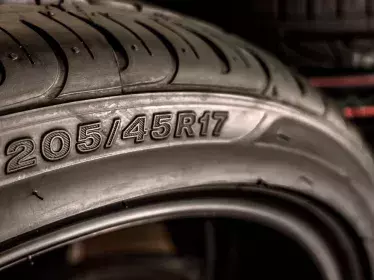Not everyone has the same equipment for coping with cold weather. Some might have a covered garage or even a heated one, while others have to park their car on the road. Here are a few tips to help you think about potential problems you might encounter.
Carrying out checks
The change from one season to the next is a good time to check and prepare your car for the winter months. It is important to look at the various fluid levels:
- You may need to top up your oil since your last service.
- In terms of coolant, check the expansion tank to see if the coolant is blue or pink and then if necessary, add some product, making sure it is the same colour.
- It is also important to check the washer fluid. Don’t forget to use one that is resistant to low temperature – you can either add it concentrated or diluted.
Equipment
It’s a well-known fact that a well-equipped driver is a happy driver, and above all, a safe driver! Here are some tools you’ll need for cooler weather:
- a windscreen protector so that you don’t have to scrape off the ice
- an ice scraper for the other windows
- a de-icer spray, which can make clearing the windscreen easier and faster
- efficient windscreen wipers – if they are showing signs of wear, they will not sweep away the rain properly
- a pair of gloves, a blanket and a torch can sometimes be useful (you never know what might happen!)
Remember that before you drive off, you are required by law to clear all windows, mirrors and headlights.

Battery
Lower temperatures put a strain on your vehicle’s battery. You may run the risk of a false start if you’re not careful.
- If the battery is relatively new, a charging indicator will show you its condition. If it’s green, then everything is OK. If it’s black, though, you need to be careful as there isn’t enough power!
- If you happen to have a multimeter, you can check the voltage of your battery, which should be between 12.30 and 12.60 volts.
- If the terminals of your battery show signs of oxidation, you will need to clean them.
- If you’re still worried, get some jump leads – you can then ask your neighbour for a hand in starting up your car.
- If in doubt, contact your garage, who will be able to check your battery.

Winter care
Winter is often synonymous with snow and the chances are, you’ll also have to deal with rainy weather. Tyres are the link between your car and the road, making them a primary safety element. There are various different ways you can improve their grip:
- Mud and snow (M&S) tyres are also known as ‘all season’ tyres because they can be used in all four seasons. But, as is often the case, what makes a good all-rounder doesn’t necessarily provide particularly high performance. It all depends on what type of journeys you make where you live.
- Winter tyres can be combined with your summer tyres if your budget allows this (with or without wheel rims). The grip of winter tyres is superior to summer tyres when the temperature is below 7°C. They make it possible to drive in snowy conditions if you adapt your speed.
- If there are extreme conditions, then snow socks or chains will be your best friends.
However, whatever the season, you should always remember to check your tyres for wear: the tread should not fall below the wear indicator. Safe travels!






